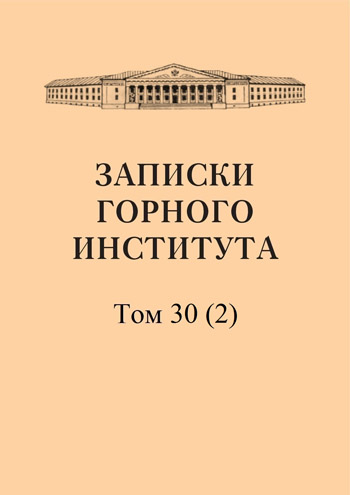Semi-quantitative drop analysis method for zinc
Abstract
The emergence of drop analysis as an independent analytical method dates back to 1920. This method, which allows working with a minimum expenditure of reagents and time, was first developed in the Soviet Union by N. A. Tananaev. Drop analysis is one of the methods of microchemical analysis. However, this method can achieve the accuracy inherent in colorimetry in general only in certain rare cases. When determining on a drop plate, colorimetric comparison is much more difficult. Particularly difficult is the analysis in small test tubes. The problem of determining small quantities of elements attracts the attention, as is known, of specialists in various fields of knowledge, including geologists. The proposed method of semi-quantitative determination of zinc based on the drop analysis method was developed by us at the end of 1952. It is aimed at obtaining more reliable indicators that provide a quantitative assessment of the element being studied.
References
- Sergeev E.A. Physicochemical method of prospecting for ore deposits. Proc. of the All-Union Geological Research Institute. Geophysics, collection 9-10, 1941.
- Smirnov S.S. Oxidation zone of sulfide deposits. Publishing House of the USSR Academy of Sciences, 1951.
- Kulberg L.M., Alterzon T.S., Veltman A.P. Drop analysis. Goskhimizdat, 1951.
- Tananaev N.A. Drop method. ONTI, 1939. Faitl F. Drop analysis. ONTI, 1937.
- Sendel E.B. Colorimetric determination of trace metals. Goskhimizdat, 1949.
- Dymov A.M. Technical analysis of metals. Metallurgizdat, 1944.
- Kler M.M., Khokhlov V.V. Application of full spectral analysis in geological expeditionary conditions. Notes of the Leningrad Mining Institute. 1953, Vol. XXIX, Issue 2.
- Chemist's Handbook, Vol. II. Goskhimizdat, 1951.
